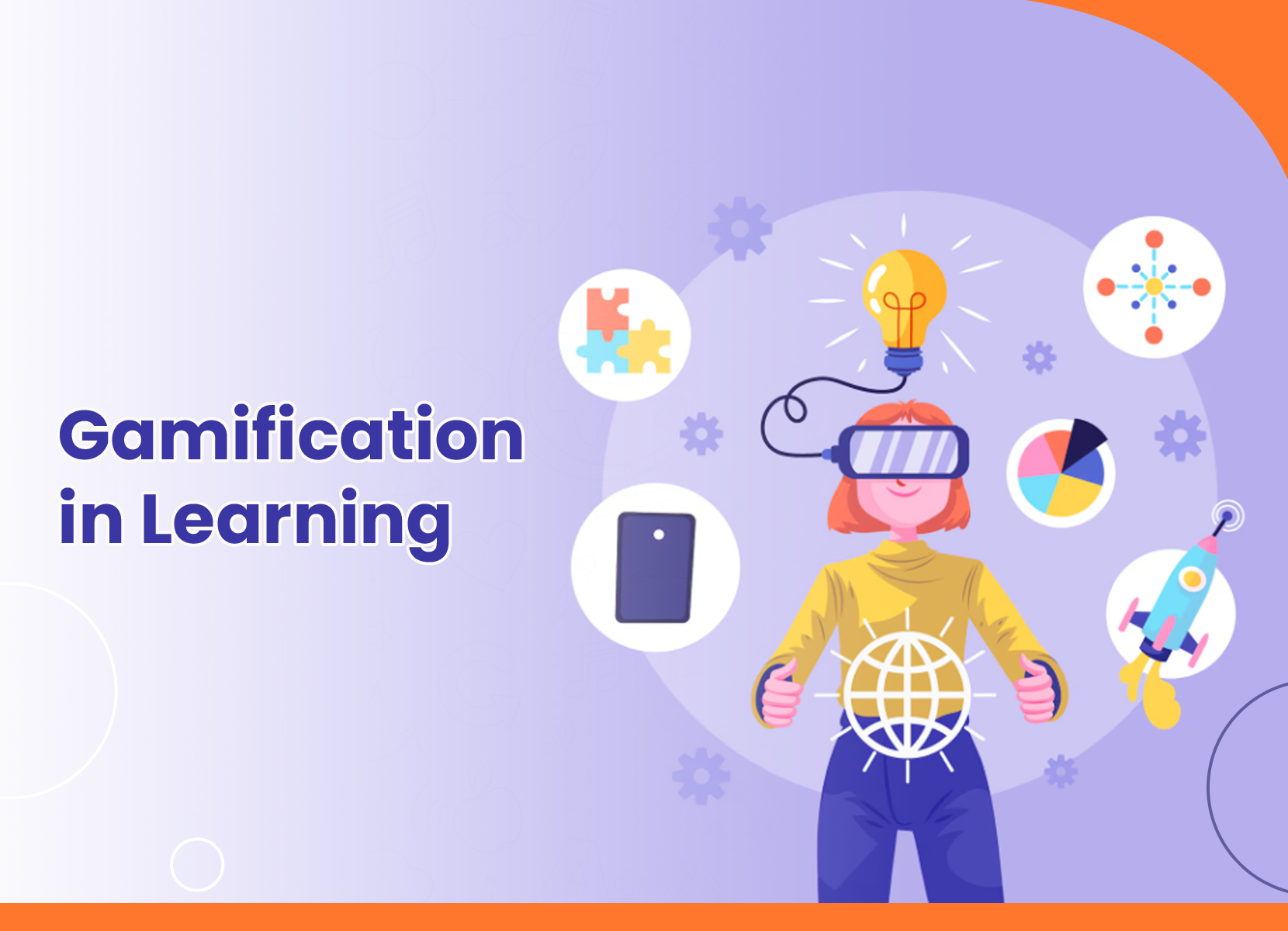Gamification in 2025 School Classrooms
In many schools today, gamification is slowly making its way into lesson plans and it’s not just a passing trend. At its simplest, it means using game-like elements to make regular classroom teaching more engaging. This doesn’t mean turning every subject into a video game. It means adding things like points, levels, or badges to give students a clearer sense of progress.
For teachers, especially those working with diverse learners, this approach can offer a practical way to hold students’ attention and make routine tasks feel more meaningful.
What Is Gamification?
Gamification is the use of certain game features like scores, ranks, or tasks to improve how students connect with what they’re learning. It’s not the same as game-based learning, where entire games are used for education. Instead, this is about adding smaller game-inspired tools into existing lessons.
A few simple examples:
- Giving points when students complete an assignment
- Offering badges for finishing a reading log every week
- Turning a worksheet into a mini “challenge”
These small shifts can change how students approach daily classroom activities.
Why It Helps
Students, especially in middle and high school, often engage deeply with games outside class. Games are built to reward effort, give fast feedback, and keep players coming back. When some of those principles are brought into school, learning tends to feel less like a chore. Teachers who’ve tried it have noticed:
- – Students participate more freely
- – Even quiet learners join in when lessons feel like steps in a journey
- – Difficult or dry topics get a little easier to explain
- – Learners are more willing to try, even if they’re unsure at first
There’s also science behind it. Completing tasks and getting small wins releases dopamine, which helps the brain stay alert and more focused.
How to Use Gamification in School Classrooms Without Needing an App
You don’t need to install anything fancy. In fact, a whiteboard and chart paper can be enough to start. These strategies take very little time to set up. Once in place, they often run on their own with minor adjustments. Some easy ideas:
- – Points system: Keep track of daily effort or consistency not just scores
- – Badges: Use simple printed tokens or stickers that show subject-specific wins
- – Levels: Break big lessons into parts. Once students finish one, they move to the next
- – Quests: Turn a math problem set into a “mission,” or call a revision task a “checkpoint”
- – Leaderboards: Display steady progress, but focus on personal improvement instead of rank
What Teachers Are Reporting
Some educators say that with gamification in school classrooms, they feel more energized. Lessons that used to drag now get better attention. Students check their progress more often and seem proud of staying consistent.
Others have shared that their students who usually hold back in group tasks are now speaking up especially when learning feels like solving a puzzle or completing a mini goal.
Even outside school, in corporate and adult learning spaces, these methods are helping people finish their training more successfully.
A Few Things to Watch Out For
Gamification in school classrooms can be useful, but it needs to connect to real learning. It’s not about rewarding students for clicking or guessing. The points or badges should reflect actual effort, understanding, or classroom behavior. Also, not every student enjoys competition. Use leaderboards or public scoring carefully, make them optional or focus on individual growth to avoid discouraging students.
Gamification in school classrooms won’t fix every classroom problem, and it’s not a magic tool. But used with thought, it can bring back focus, build confidence, and make students more willing to keep going especially on days when they feel stuck. It’s worth trying, especially if the goal is to make learning feel a little more active and a bit more rewarding for everyone involved.

